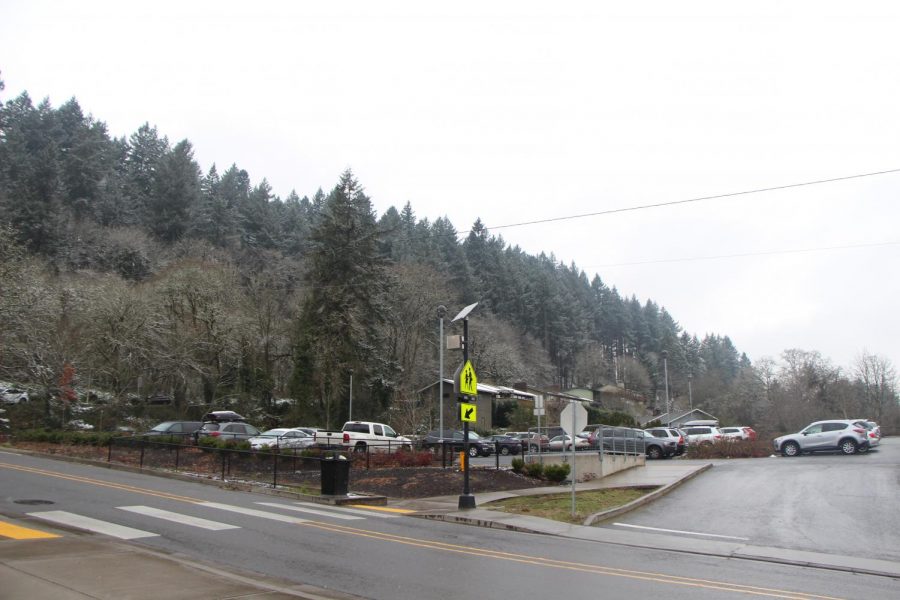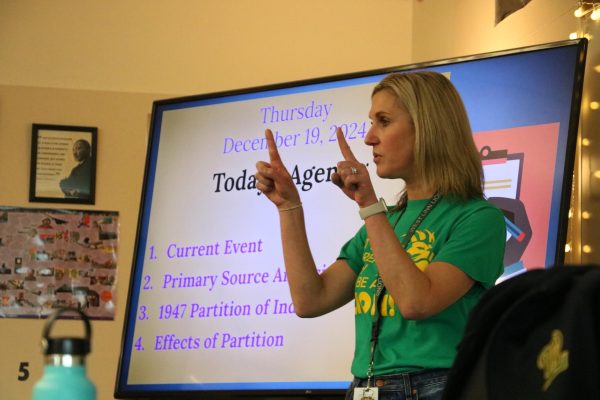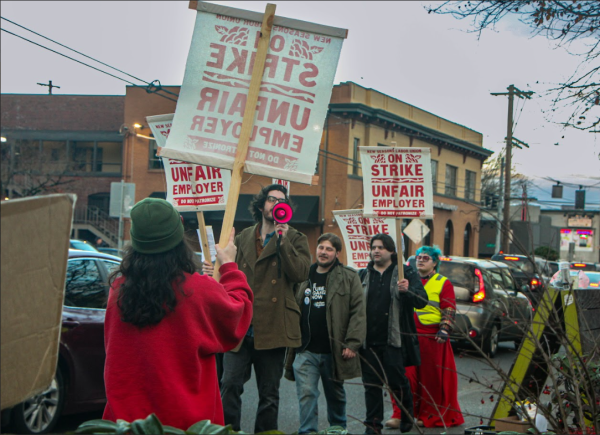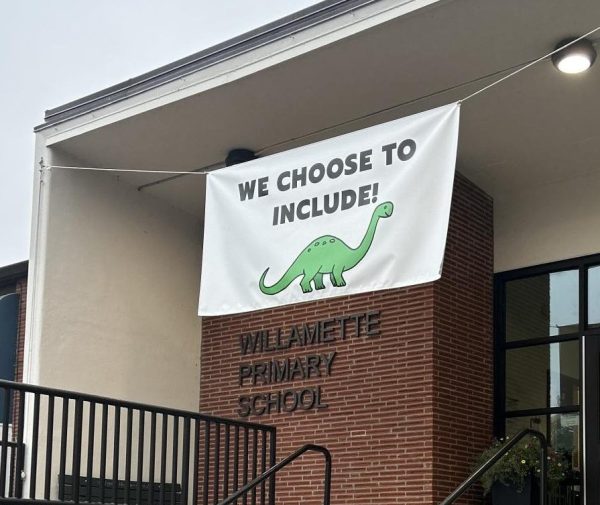Overcrowded parking: crisis or first world problem?
The senior lot full of cars at 10:00 a.m, an hour and a half after school starts.
In America, receiving a car for your 16th birthday is a quintessential rite of passage for teenagers across the country, and in a wealthy community like West Linn, teenagers with cars are no rarity. Though this may seem unimportant, the abundance of West Linn students with cars has caused a whole other issue: where is everybody going to park? A multimillion-dollar bond, including adding parking, passed with an overwhelming yes on Nov. 5 of this year, which could offer a solution to the issue.
Parking at West Linn has become a constant and pressing topic of conversation amongst students, parents, teachers, and administrators. Students complain that, in order to get a close parking spot, they have to get to school long before the first bell rings.
“Kids are getting up at 6 a.m., 6:30, just to get to school to park, and the school starts at 8:30,” Rory Bialostosky, West Linn High School alumnus told Koin 6 in a 2018 interview. Bialostosky sued West Linn in Jan. of 2018, due to a parking citation which he said was illegal. He blamed the local government for the issue, telling Koin 6, “This shortage is being caused by the city ordinance.”
Currently, the only on campus parking that is available for students includes the senior lot, which provides 277 spots for a school with 379 seniors (and spots are sold for roughly $40 each school year), the Tripp lot, which is located by the baseball field and is available for all driving students, while a spot upfront is auctioned off for close to $1,000 every year. Off campus, there are some areas within neighborhoods and business areas to park, along with the bridges, but residents and those who work in these locations often complain about the inconvenience and their struggle to find parking.
Administrators and teachers worry that the struggle to find parking can lead to other issues, namely attendance. Students may show up late to classes or not at all if they can’t find parking within close proximity. Principal Gregory Neuman added that parking could cause additional stress for students.
“I think it can be stressful,” Neuman said. “Maybe getting here late might be stressful trying to find a spot.”
Assistant principal Trevor Menne also brings up another group that is affected by overcrowded parking. “I’ve had parents come late to meetings before because they had to look for so long for a parking space.”
It is unknown if other solutions have been considered, but some eliminate the need for students to drive at all. Bus routes could be added, students could walk, bike, or carpool with friends and parents, etc., and it seems like there may never be a perfect solution, seeing as the additional parking lot has issues of its own.
First off, adding parking will be expensive and could take a long time, which could cause more inconveniences in the community, such as traffic, even more, parking restrictions could increase, and the general difficulties with residential construction. Secondly, creating more parking could have massive environmental impacts. If the administration hopes to construct the parking close to the school, areas like Camassia could be cut into and partially destroyed. Along with that, when more students can park their cars there will be an increase in students driving every day and more pollution will go into the air.
It seems like everybody is in agreement that this needs to be solved, but many chalk this up to first world problems, saying that other issues need to be attended to first, which may be a cause for further push back in the community. There is not much information as of now on the logistics of the project, but community members hope to see a change soon.
Your donation will support the student journalists of West Linn High School. Your contribution will allow us to continue to produce quality content by purchasing equipment, software, and continuing to host our website on School Newspapers Online (SNO).

Lily Gottschling, senior, is the Copy Editor-in-Chief for wlhsNOW.com. She loves writing reviews, features, and opinions. She is also a co-host of the...




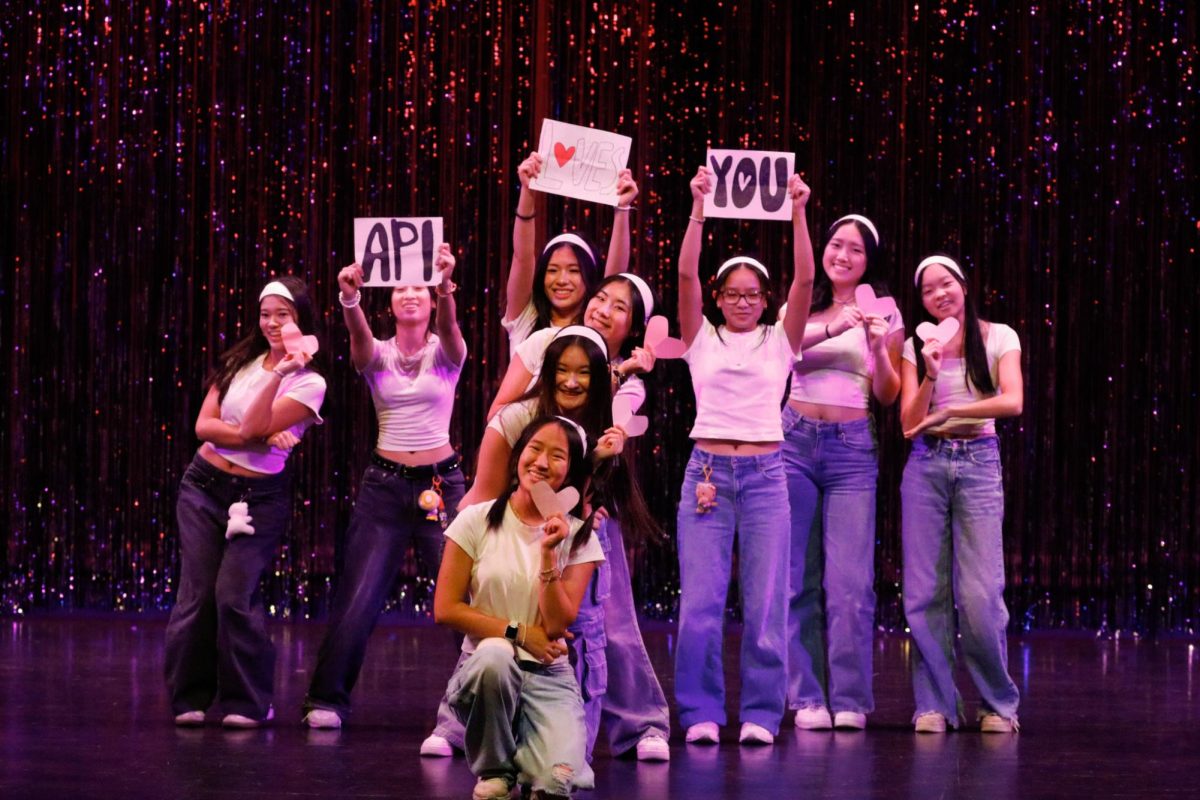
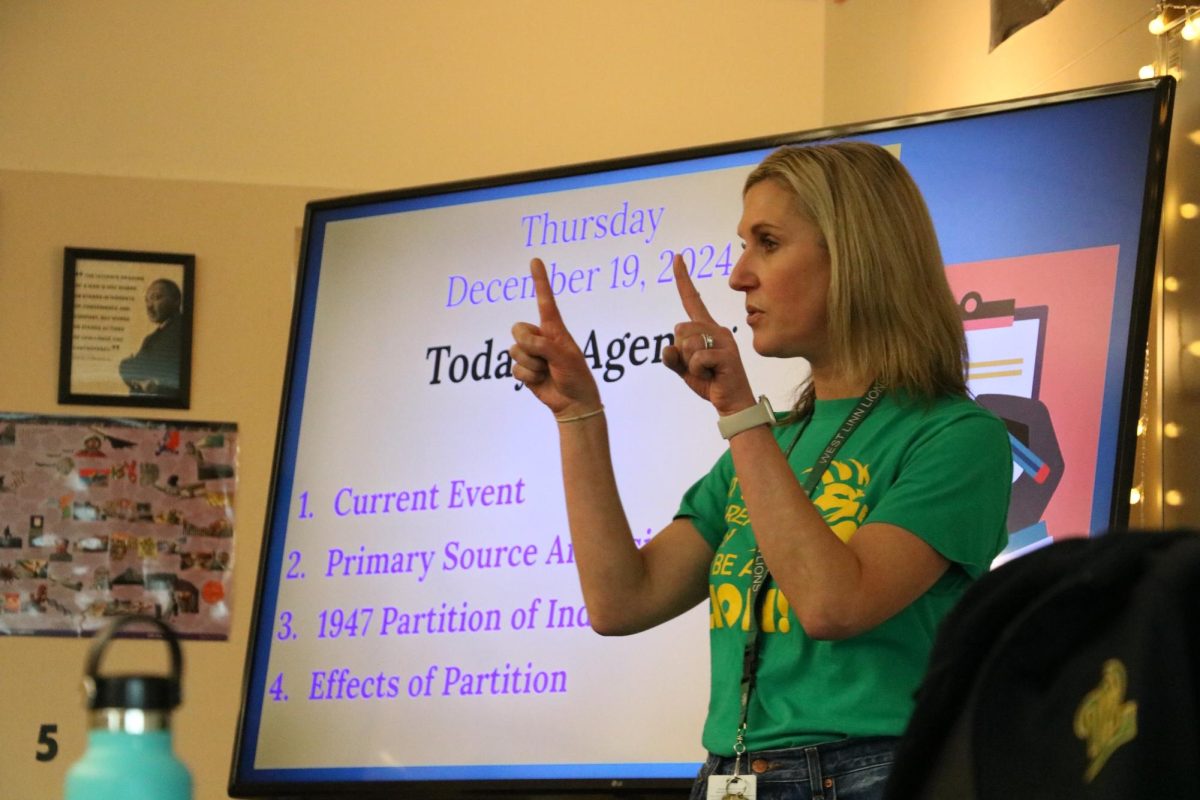




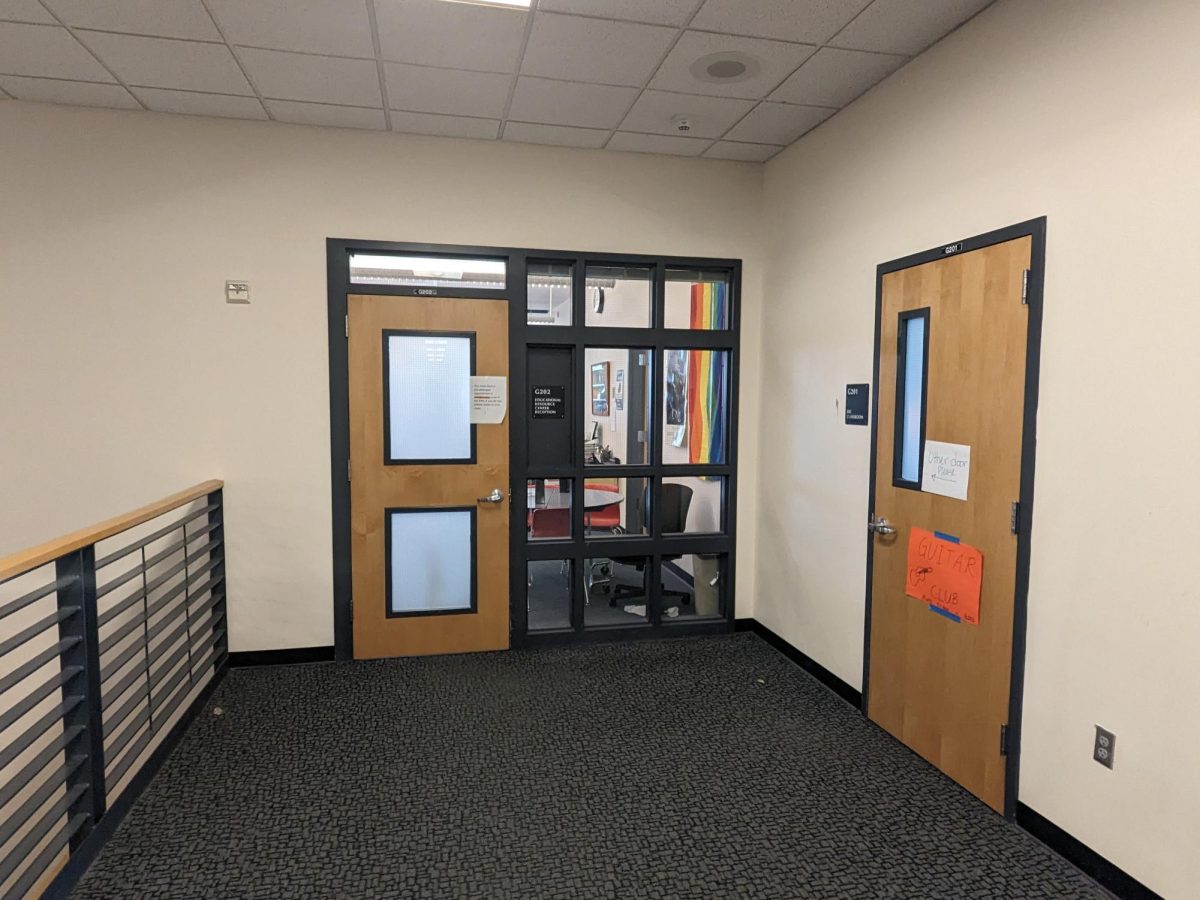













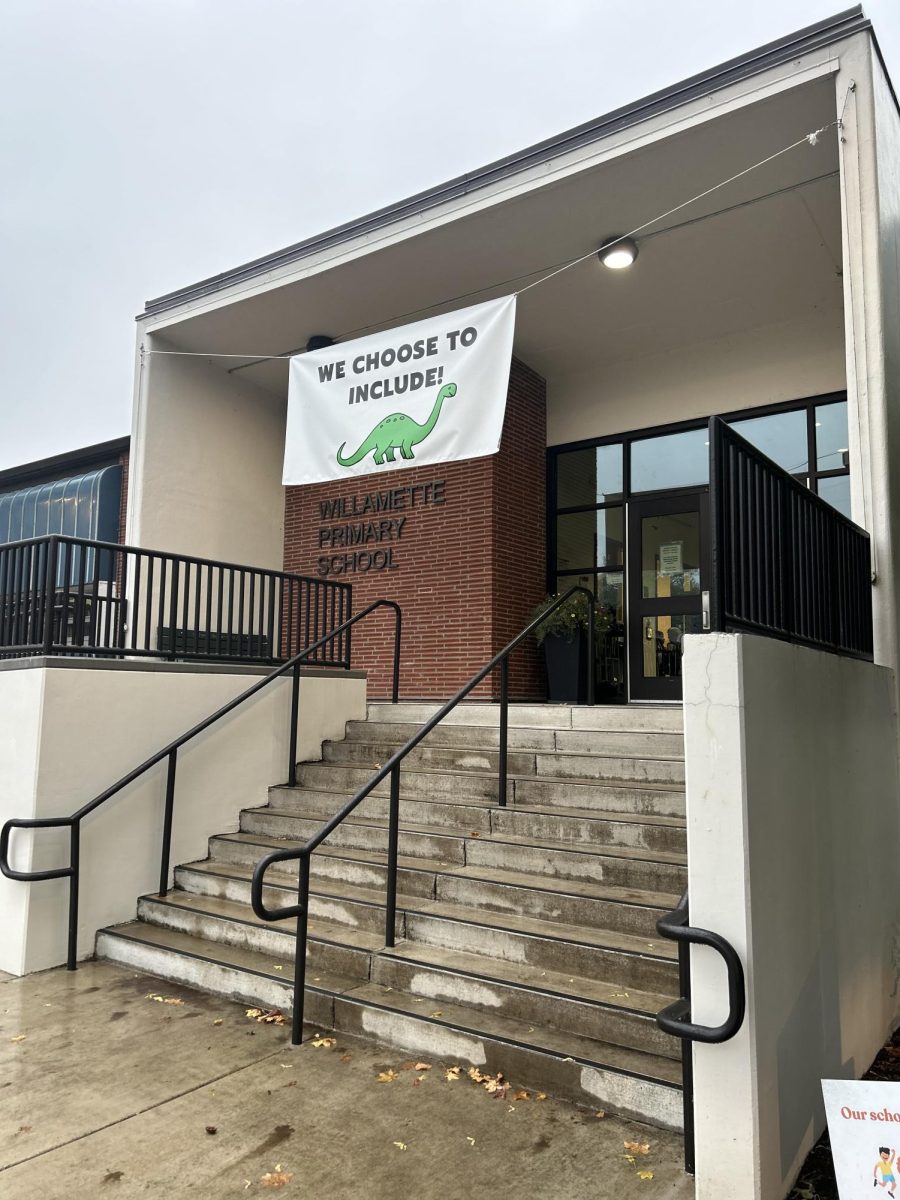








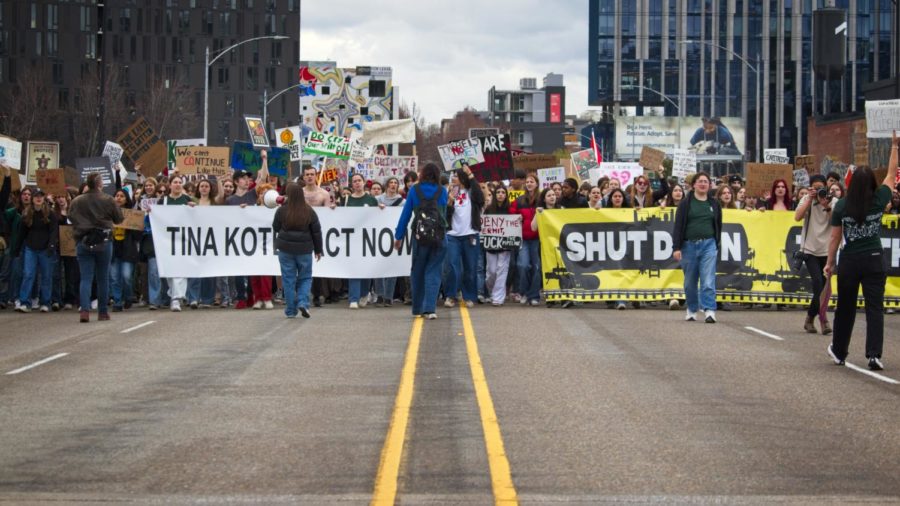









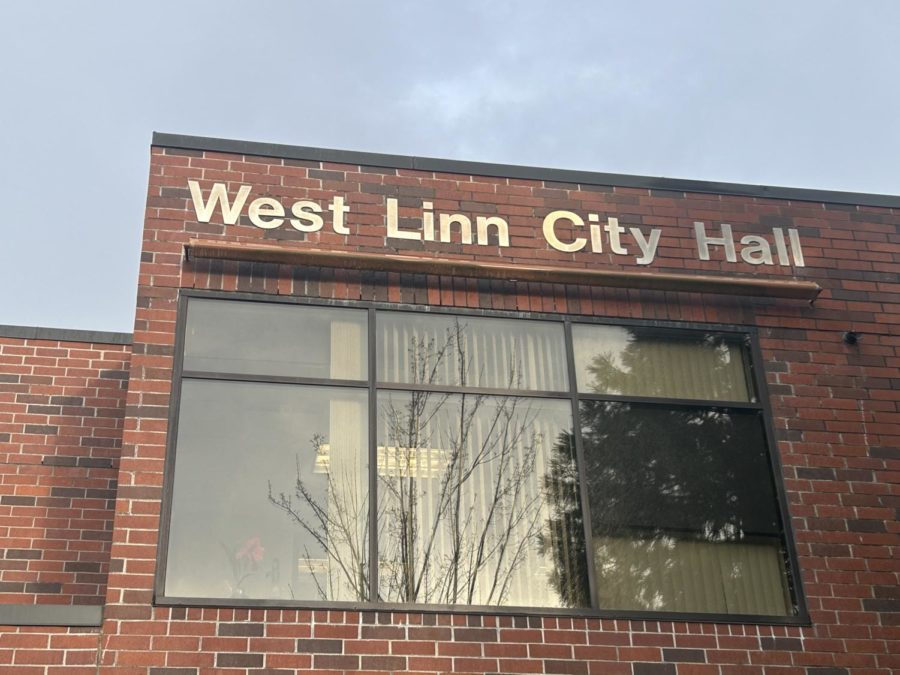










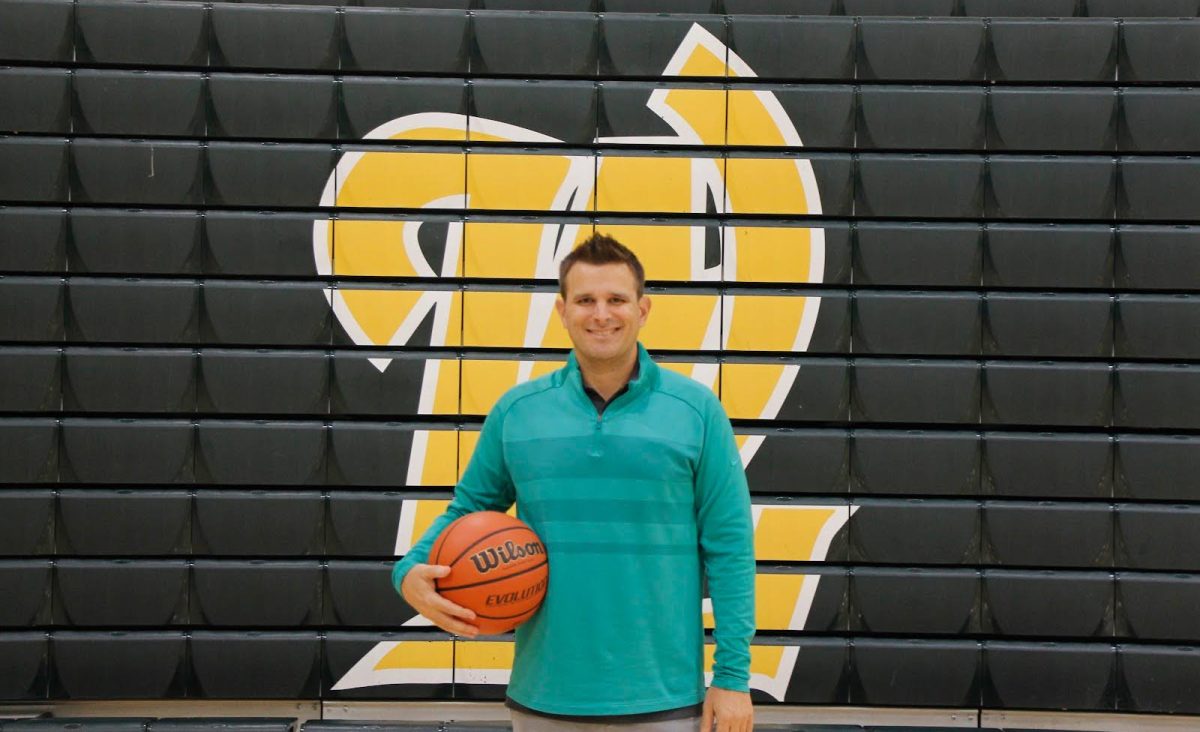

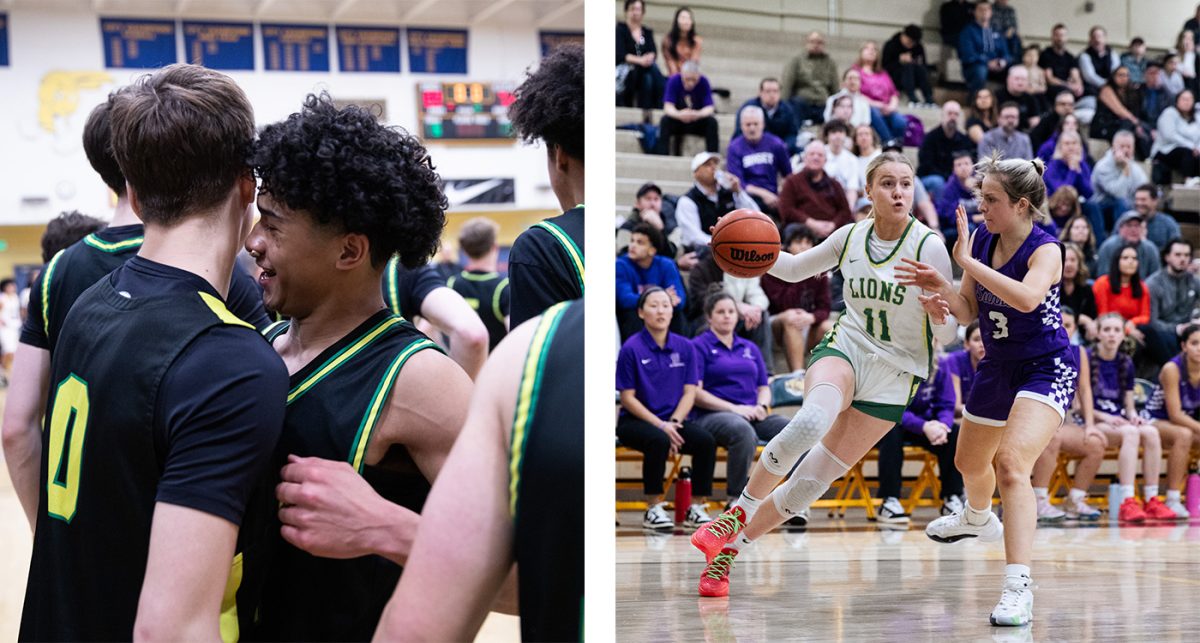
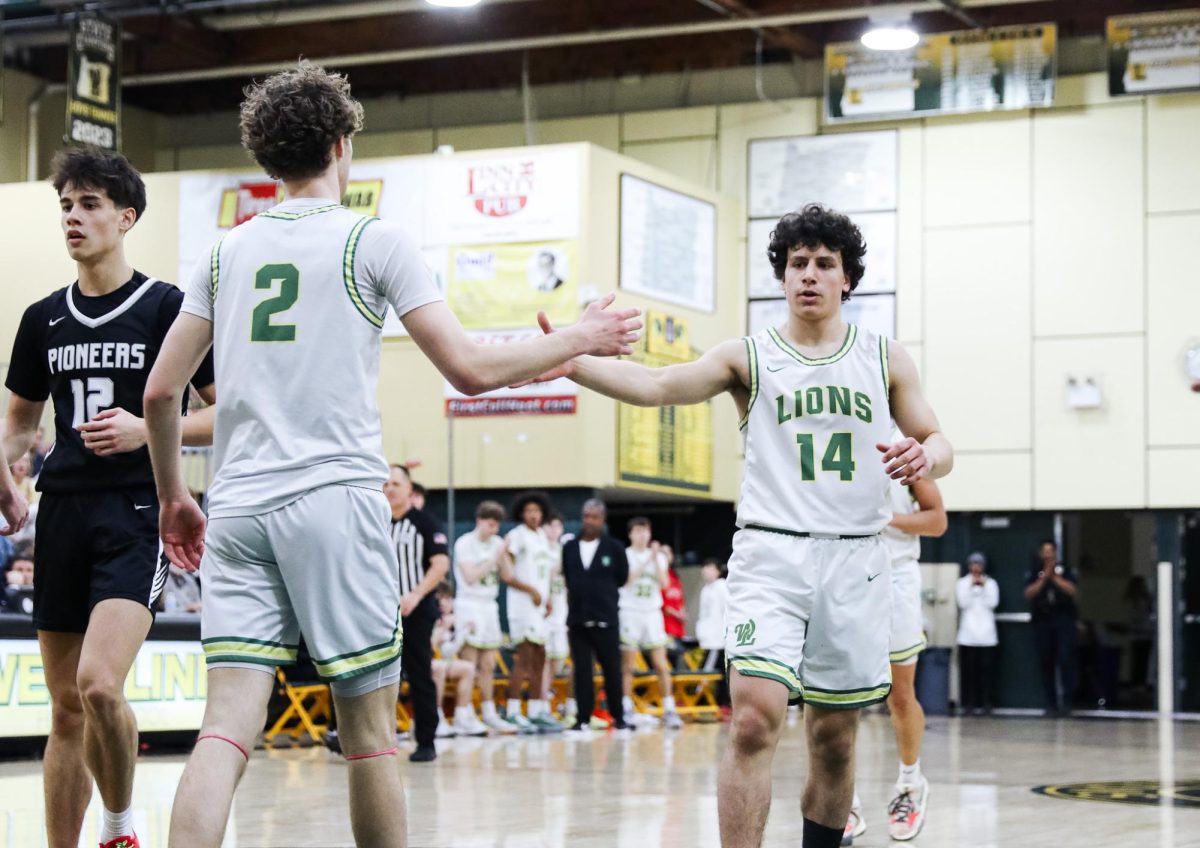
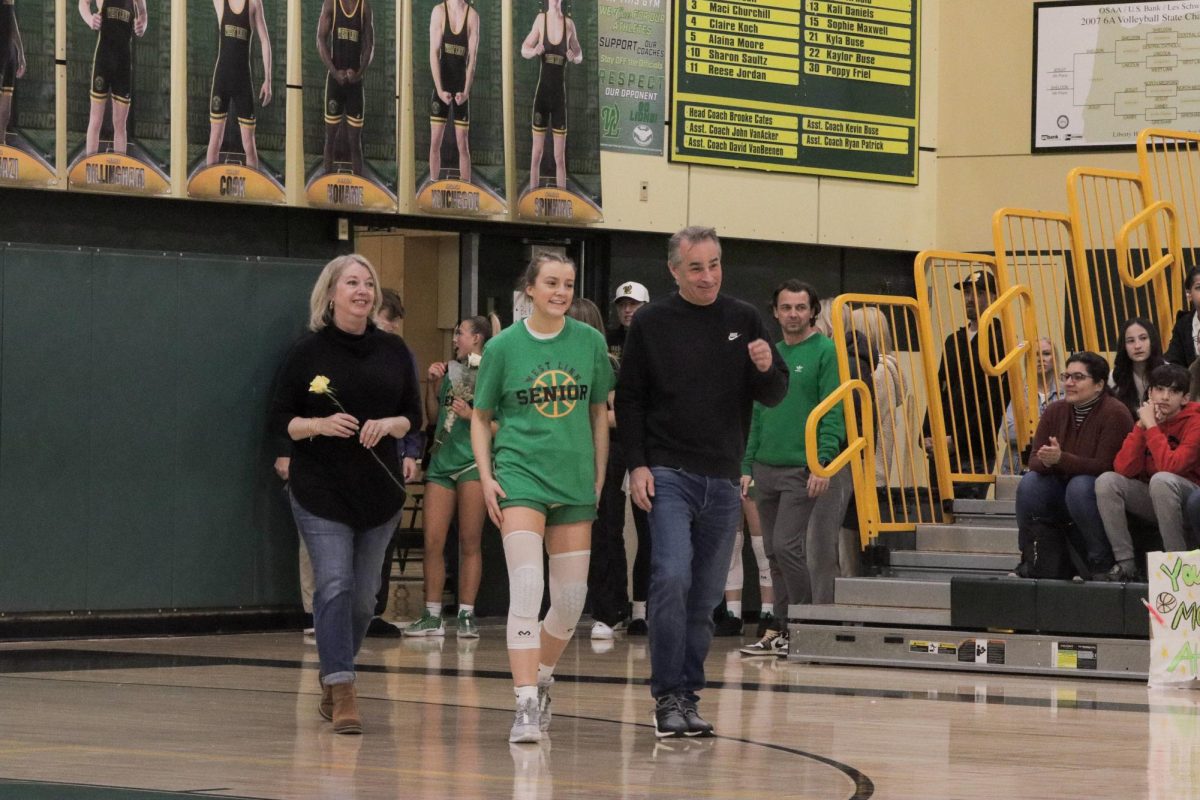



![At the bottom of the third inning, the Lions are still scoreless. Rowe stands at home plate, preparing to bat, while Vandenbrink stands off to the side as the next batter up. Despite having the bases loaded, the team was unable to score any runs. “It’s just the beginning of the season. We’re just going to be playing out best by June, [and] that’s where champions are,” Rowe said.](https://wlhsnow.com/wp-content/uploads/2024/03/IMG_3077-1200x900.jpg)







































![All smiles. The group poses for a photo with last year’s book, “This is Our House,” along with their award for third Best in Show. Meikle, who was an Editor-in-Chief for the yearbook last year as well, holds both and stands at the center of the group. “That was an amazing feeling, going and grabbing the third place award,” Meikle said. “All of it paid off. I cried so much over that book, being able to receive [the award] was one of the highlights of my high school career, it was like the coolest thing ever.”](https://wlhsnow.com/wp-content/uploads/2024/11/8bookpose_philly-1200x800.jpg)













